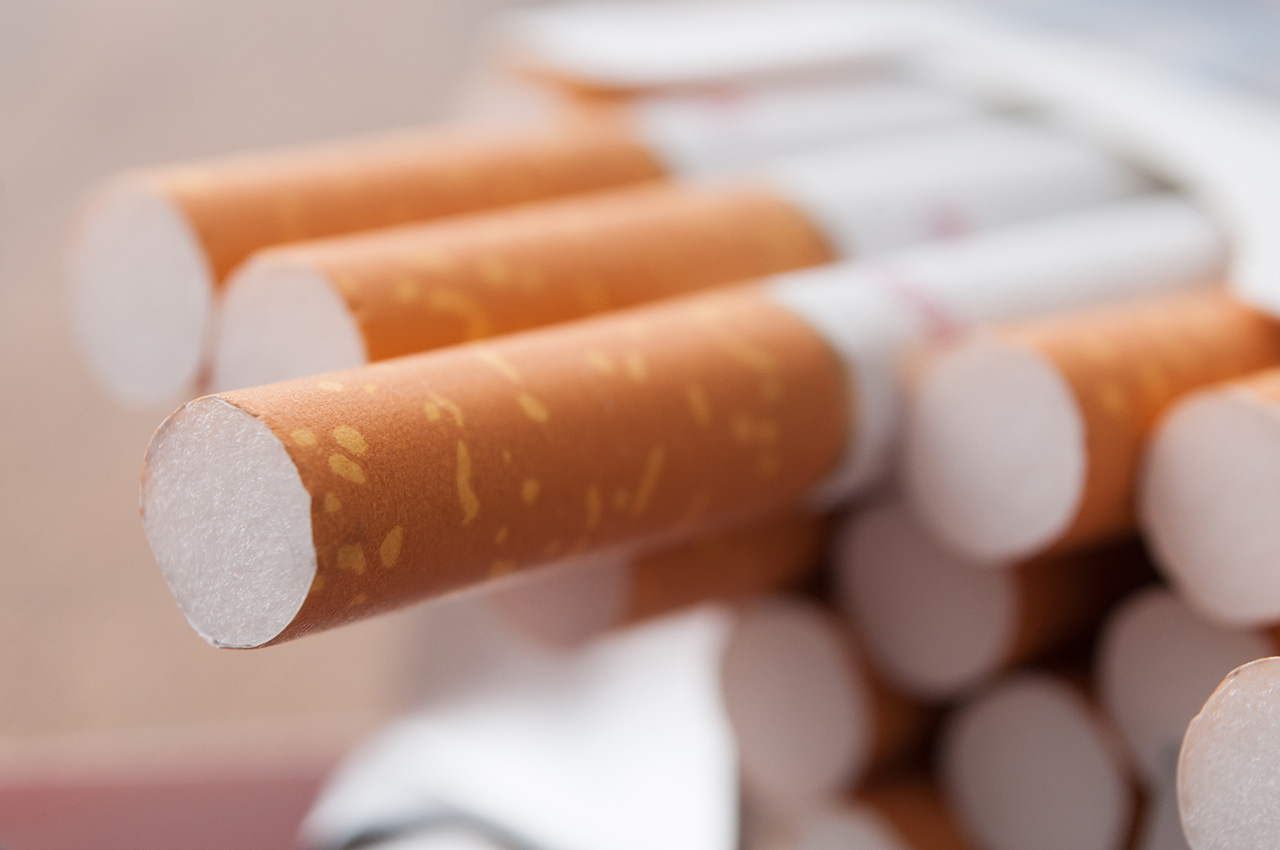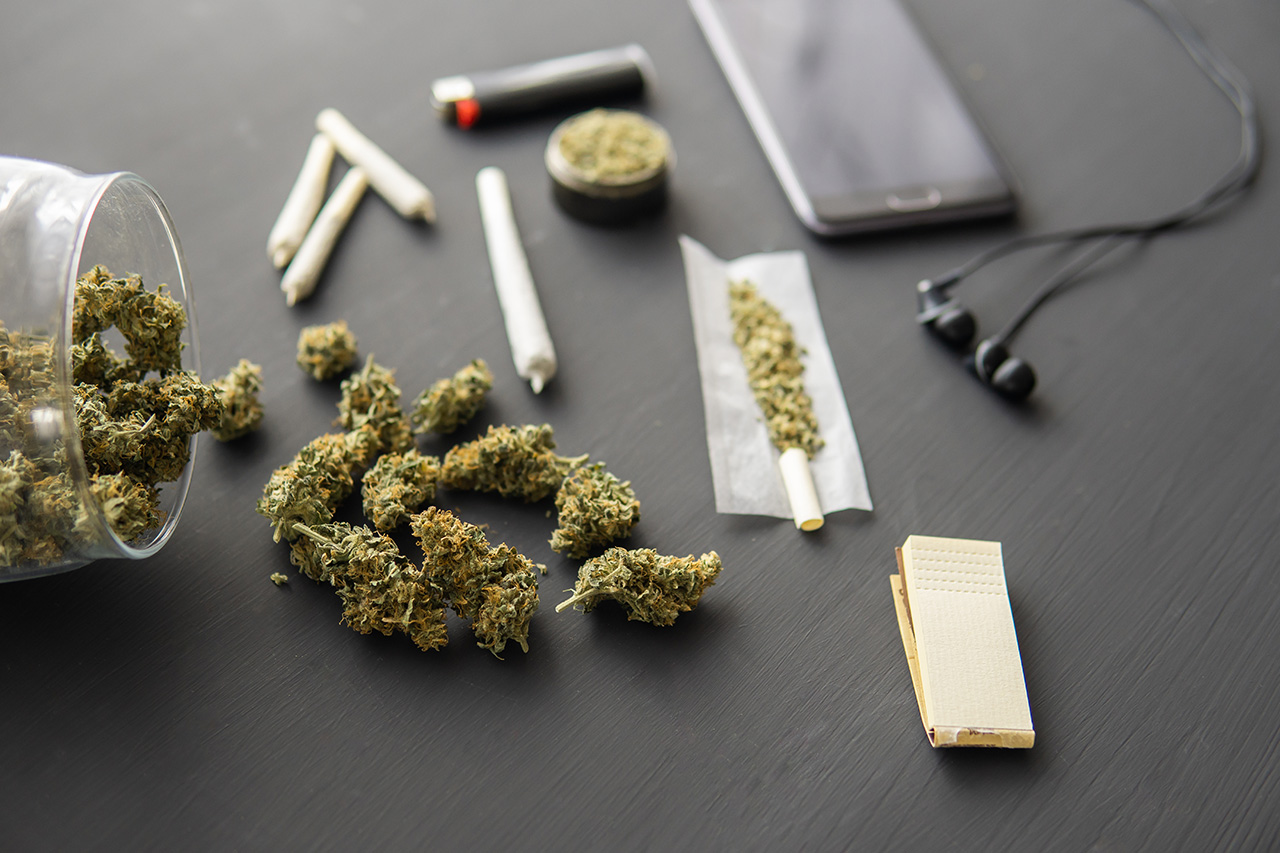Introduction
Benefits of quitting smoking
When you stop using tobacco, this is what happens to your body, after:
- 20 minutes, your blood pressure and heart rate drop.
- 8-12 hours, carbon monoxide level goes down and your oxygen level goes up.
- 48 hours, your chances of having a heart attack decreases, your sense of taste and smell begin to improve.
- 1 to 9 months, your coughing and shortness of breath improves.
- Up to 3 months, your circulation improves and your lungs may improve up to 30%.
- 5 years, your risk of stroke is reduced to that of a person who does not use tobacco.
- 10 years, your risk of dying from lung cancer is reduced to half of a person who is smoking.
Quitting smoking is the single most important thing you can do for your health. Nicotine is very addictive and quitting can be a tough process.
Planning your quit
Research shows your best chance of quitting comes with support and medication. Counseling with a certified respiratory educator combined with tobacco reduction medication will greatly increase your changes of quitting.
- There are many ways that your body will respond to not getting nicotine on a consistent basis. These withdrawal symptoms will last for several weeks and lessen with time. It is important that you plan for these symptoms in advance so that you know how to respond.
- Pick a quit date. Choose a good day and mark it on your calendar but remember there isn’t a perfect day to quit.
- Plan to reward yourself.
- Think about strategies for coping with urges. For example, use the four Ds:
- Delay having a cigarette when you get the urge.
- Distract yourself until craving is gone.
- Drink water to keep your hands busy.
- Deep breath to relax.


How can we help?
We provide 1:1 appointments with Certified Respiratory Educator/Certified Tobacco Educator for people who want to change tobacco, vaping or cannabis use.
This may include any of the following:
- Review previous attempts
- Withdrawal symptoms and support strategies
- Medication options if appropriate
- Stress management
- Discuss weight gain
- Supports/resources
- Next steps and follow up
Things to do while you are thinking about changing your tobacco use
Find your reasons to change
Is it for?:
- Your health?
- Your finances?
- Your family?
- Your pets?
- Freedom from tobacco?
- What are your reasons to change?
Start tracking when and where you use tobacco
- Keeping track of when you use tobacco is an important step in making a change.
- Decision to Change
Change your daily routines
Instead of using tobacco after you eat, go for a walk first. Get up and have a shower instead of using tobacco with your morning coffee.
Cut back
Cut out the times that you don’t really need to use tobacco. When you reach for it, stop and ask yourself “Do I really need this?”, then wait 5-10 minutes.
Plan your day
Plan to bring less tobacco and don’t buy more when you are out.
Tobacco free areas
Start by making your house tobacco-free, then your car.
Don’t give up
- Don’t be discouraged if you slip; instead, learn from it and think back to the reasons you wanted to change.
- Nicotine and the brain video


Making a plan
Quitting smoking tobacco is the single most important thing you can do for your health (1).
Nicotine is a very addictive drug and changing can be a tough process. Support with a Certified Respiratory Educator (CRE)/Certified Tobacco Educator (CTE) combined with Nicotine Replacement Therapy (NRT) or prescription medication can greatly reduce your tobacco use.
A lot of people experience nicotine withdrawal symptoms. These can include:
- cravings
- coughing
- feeling in a bad mood
- hard to concentrate
- feeling hungry
These symptoms can be helped by using Nicotine Replacement Therapy or prescription medication. This will make it easier to try to start using other support tools and techniques.
- Pick a change date. This has been shown to help improve your chances of success.
- Choose a time to change your tobacco use when it is a less stressful time in your life.
- Plan to reward yourself.
Caffeine intake and tobacco
- Your body may clear caffeine differently once you stop using tobacco
- Suggest reducing your caffeine intake by half when you stop using tobacco
- Some medication may also be processed differently and may need to be adjusted. Please speak to your Family Physician or Pharmacist.
Think about strategies for coping with urges. For example, use the four Ds:
- Delay: resist the urge to use tobacco.
- Do: do something else to distract yourself until the craving is gone.
- Drink water: to rehydrate and to replace hand to mouth routine.
- Deep breathing: to fill your lungs with oxygen to help relax.
Video – Quitting Tobacco can be a Journey
Alberta Quits – Build Your Quit Plan
Myths and Facts
I will just have one
- I am always one puff away from a pack a day – allowing myself just one puff can lead back to using tobacco again
It’s impossible to quit
- It is never too late to change
Using tobacco is relaxing
- Using tobacco stops your nicotine cravings in your brain. Review nicotine and the brain video.
- Remember, physically tobacco increases your heart rate and blood pressure.
I will change when…
- There is never a perfect time to change. Why not do it now?
Vaping
Recently vaping devices have become popular. Some people want to use this to try and quit using tobacco.

Cannabis
Smoking cannabis has shown evidence that frequent use can lead to chronic bronchitis later in life. The best thing to do if you want to use cannabis is not to smoke it. Smoking cannabis with tobacco has significant negative impact on lung health and should never be combined with the two.
10 ways to reduce risks to your health when using Cannabis
Smokeless Tobacco
Snuff and chewing tobacco contain nicotine which is addictive and harmful to your body.
Hookah
Hookah smoking is not considered safer than cigarette smoking. The water in hookah cools the smoke but it does not filter out the toxins in the smoke. Toxins in hookah smoke include nicotine, tar, carbon monoxide, heavy metals and cancer-causing chemicals that can lead to health issues.